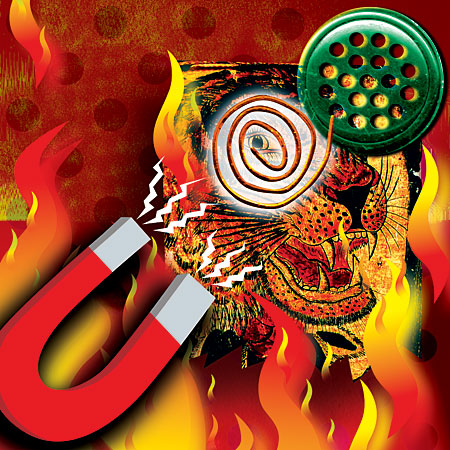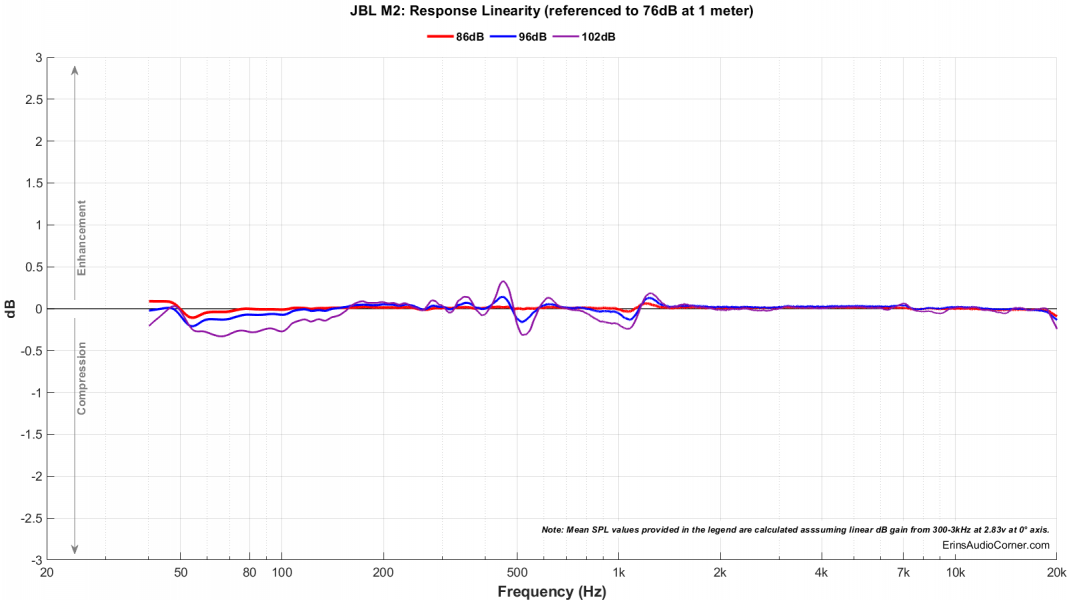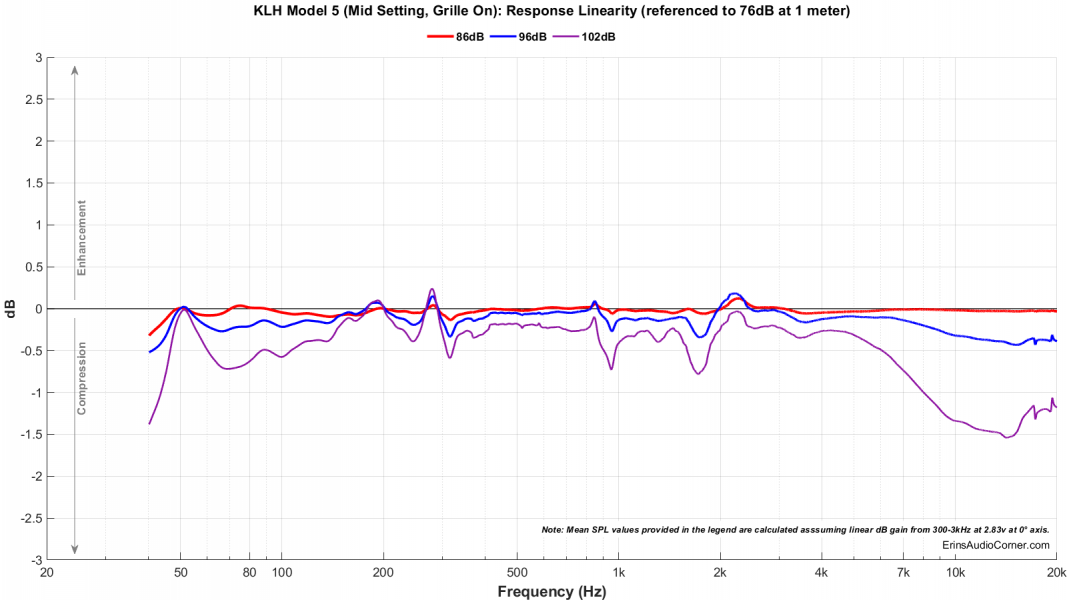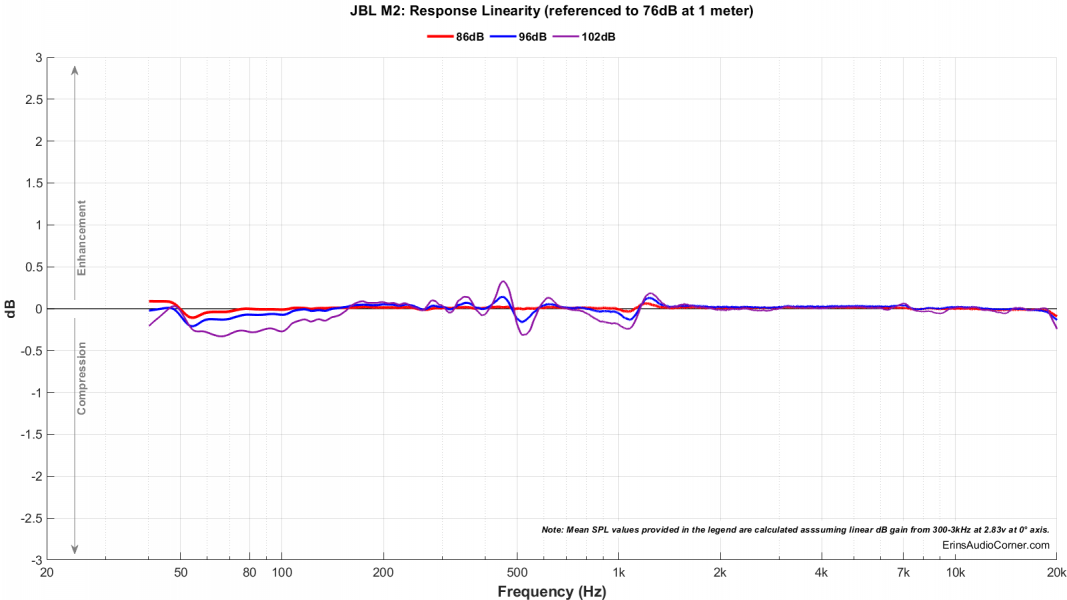I have been reading about speaker technology to understand it better. The issues of voice coil heating and heat dissapation appear as a somewhat regular topic. As the temperature of the coil rises, the resistance of the coil increases with the claim that in multi-driver speakers with different frequency bands, and different heat dissaption rates, the overall tonal balance is altered.
A by-product of this "thermal compression" is that the harder the speaker is driven, the less responsive it becomes. Increased voice coil resistance can reduce sensitivity. Different voice coil wire choices yield different results. Different driver materials are also a consideration regarding dissapation.
Also voice coil heating can lead to partial demagnetization of the driver's magnet. The claim is this effect is small and reversed when the magnet cools. But, so I theorize, a field coil driver would not be subject to demagnetization resulting from voice cool heating.
However, I have not run across discussion of voice coil heating and dynamic compression specifically - what you are talking about. That is not a denial, just that I have not read about it. But I have read that as voice coil resistance increases from heat, the driver's electrical damping decreases - which I"m guessing can have an impact of dynamics.
This is all interesting stuff. What I do not know is how does the effect of voice coil heating cash out in terms of what we here. What I gather you're suggesting is with higher sensitivity speakers we do not hear (or are less likely to hear) a fading transient response -- in effect the absense of dynamic compression tells the tale. But in less efficient speakers what do we experience as a result of voice coil heating? Or what should we listen for? Do bass drivers become less articulate the longer that Metallica plays?
Your's is an interesting post, Brad, thanks for making it.
I found some papers (need to look again) that showed up to a 3db compression on peaks, which would definitely affect dynamic perception (feeling unrestrained and expansive) and impact realism. I think you also have a situation where, as the driver's physical parameters are changing so are the crossover points then changing as they interact with the passive filter. You will of course have different compression rates between drivers in a multiway speaker and this will result in tonal shifts with level as well. It is not that easy to track all the effects because of the dynamic nature of the phenomenon.
You can imagine though a speaker where you keep putting in power but eventually it refuses to get any louder at all.
I used to have a pair of Dynaudio Contour 1.8MKII speakers, which were very neutral, smooth and had good bass (with a big SS amp) and clean highs (Dynaudio always made good soft dome tweeters). When I listened to typical pop/rock music they were about all the speaker one would need; however, as I gravitated more towards well recorded Jazz and Classical music I found that they tended to sound boring and dynamically flat. Adding more power didn't help the situation. If I listened to Peter Gabriel or even Pearl Jam they were great but listening to Oscar Peterson, Jan Garbarek or a Beethoven Symphony, not so great. I tried tube amps on them but they sounded anemic with poor bass. In the end I sold them and got big electrostats, which although on paper were just as insensitive in reality were much more alive and all that more dynamically recorded music came alive.
it was only later that I realized that the Dynaudio speakers were really only comfortable in playing a limited volume range from mid 70s dB to around 90dB, which suited compressed commercial pop/rock fine for the most part. I could set the volume level at around 80dB and only get a few dB swing in the music and the speaker was quite happy and did well what it was supposed to do. But when the swings were 30dB or more then it didn't do so well and lost the drama such big swings are supposed to create.
Contrast that with the electrostatic speaker, which doesn't heat up and therefore doesn't suffer this type of compression. It's limitations are more mechanical (panel travel limits excursion) and so they do the micro scale beautifully, all the low level info on ambient and decay is nicely captured despite low electrical sensitivity) but are capped at the macro unless the panel is truly huge...then they work on the macro too.
Big ribbon panels also don't have much of a heating problem because the cooling is so good for the exposed voicecoil traces. Same mechanical limitations for the big swings but large panels like Apogee Divas could do a nice job there too. Still, the micro for older panels was not as good as electrostats probably due to heavier panels materials (metal traces add a lot of weight) and needed a bit of juice to wake up...also low impedance on some models...
The accurate tracking of the recording dynamics then is, IMO, a serious issue for the realism of reproduction as it is the one thing most speakers do poorly.
The drivers in horn systems will also suffer dynamic compression but the question is at what SPL does it become a serious issue for them. This is where sensitivity and voice coil construction etc. matter to push that point of serious onset (one could argue that it is always there the moment any current flows through the coil) to a high enough SPL not to impact realism at least in a home setting where your max SPL will be much lower than a live concert PA system.
If compression starts to really kick in at much less than 100 watts then you can see that the crest of even 15dB peaks is going to be rounded over ( say average level of 80dB with peaks to 95dB) but with the 100dB driver there will be well under 1 watt going through the driver and compression will be negligible. The 85dB driver will have about 10 watts going through, a significant amount of current into an 8 ohm driver.
The crossover will also contribute and modify the sound as this fluctuations are occurring as well, and thus a passive multi-way speaker will have both drivers and filters impacting the dynamics. This is one area where an active speaker system has a big advantage, IMO.




















